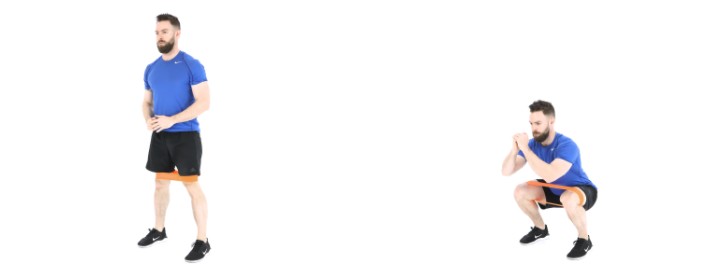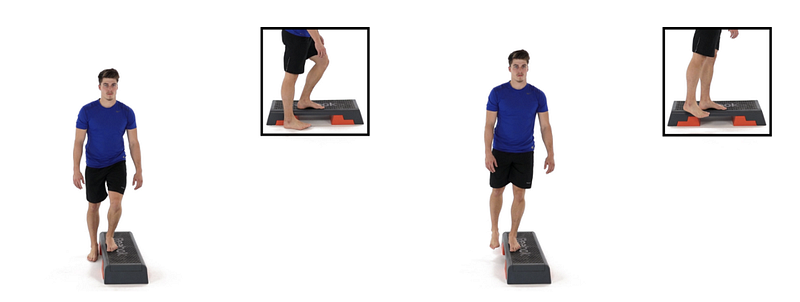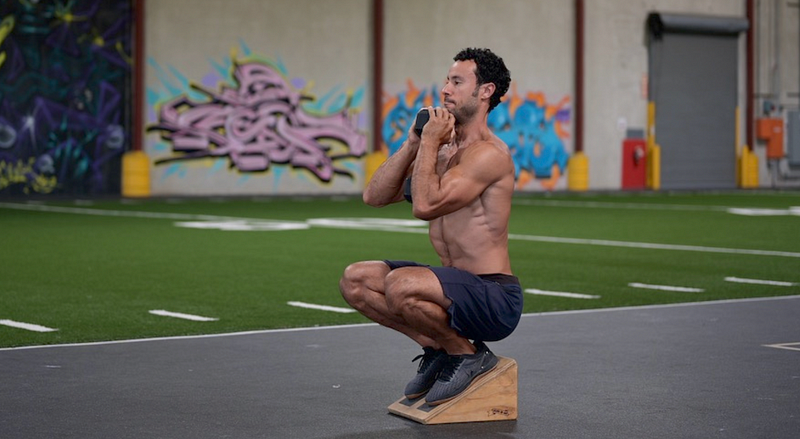Essential Strategies to Prevent Knee Injuries for Runners
Written on
Introduction to Knee Injury Prevention
Knee injuries can be both painful and complex, but often the solutions are surprisingly straightforward. Pain and discomfort in this joint typically stem from weaknesses in strength and functionality. Fortunately, these issues can be addressed effectively with the right training approach that progressively strengthens the knees through safe movements.
In this guide, I will share three key exercises that I frequently recommend to my running clients, regardless of whether they are currently experiencing knee pain. Why? Because proactive training is the best strategy. Strengthening your joints and surrounding muscles before injuries occur not only helps prevent future issues but also enhances your overall training quality and results.
Being Mindful About Knee Movements
Before we dive in, it's important to understand that these exercises are somewhat advanced and will challenge your typical range of motion. If you have a history of knee issues or are new to resistance training, it's advisable to consult a healthcare provider to ensure this routine is suitable for you. If you're cleared to proceed, aim to perform this routine 3–4 times per week for optimal benefits. It may sound like a commitment, but completing it only takes about 8–10 minutes, making it a worthwhile investment of your time.
Remember, never push through pain during any part of this program. It’s always better to take a break and return when you're ready than to force your body. Listen to your body as you incorporate these exercises into your routine. Additionally, don't skip a warm-up before starting!
Let's get started!
- Banded Squats

Application: 2 sets of 10–15 repetitions
Cues: Every runner should incorporate squats into their training. This fundamental movement not only boosts your athletic performance but is also a regular part of daily activities. Unfortunately, many individuals struggle with knee valgus during the descent of their squats. To address this, perform a body-weight squat with a resistance band positioned just above your knees. This added resistance can help correct your form while enhancing glute strength and lower-body stability. This movement is a game-changer!
Progression: Increase the resistance of the band.
- Lateral Step-Ups

Application: 2 sets of 10–15 repetitions per side
Cues: Locate a step or curb and stand next to it. Place one foot on the surface and push up fully. For each repetition, lower yourself slowly and place your opposite foot on the ground before rising again. To increase the intensity, tap the opposite foot on the floor but keep the weight on the planted leg.
Progression: Elevate the height of the step or add weights with dumbbells.
- (Mini) Sissy Squat / Elevated Heel Squat

Application: 2 sets of 10–15 repetitions
Cues: This is one of my favorite lower body exercises because it dispels the myth that knees shouldn’t extend beyond the toes. This belief can actually hinder your training by limiting the strength of your knees in a crucial range of motion. To perform, keep your torso upright and squat straight down (avoid hinging at the hips as with traditional squats) while allowing your knees to go over your toes. Hold for 1–2 seconds in the bottom position before pushing back up through your heels. Start slowly as your knee joints will need time to adapt to this additional movement.
Progression: Gradually increase the angle of elevation (weights optional).
In Conclusion
If you’re weary of battling knee pain during your runs, it’s time to revamp your training regimen for this vital joint. Stepping beyond your comfort zone with a broader range of motion may initially feel daunting, but it is an effective strategy to strengthen your tissues, enhance performance, and reduce injury risks. Once you integrate this efficient program into your weekly routine, you'll never look back!
You can do this!
-David Liira, Kin
Discover effective home solutions to alleviate knee pain with this detailed guide.
Expert insights on exercises aimed at preventing knee injuries, perfect for runners and athletes alike.